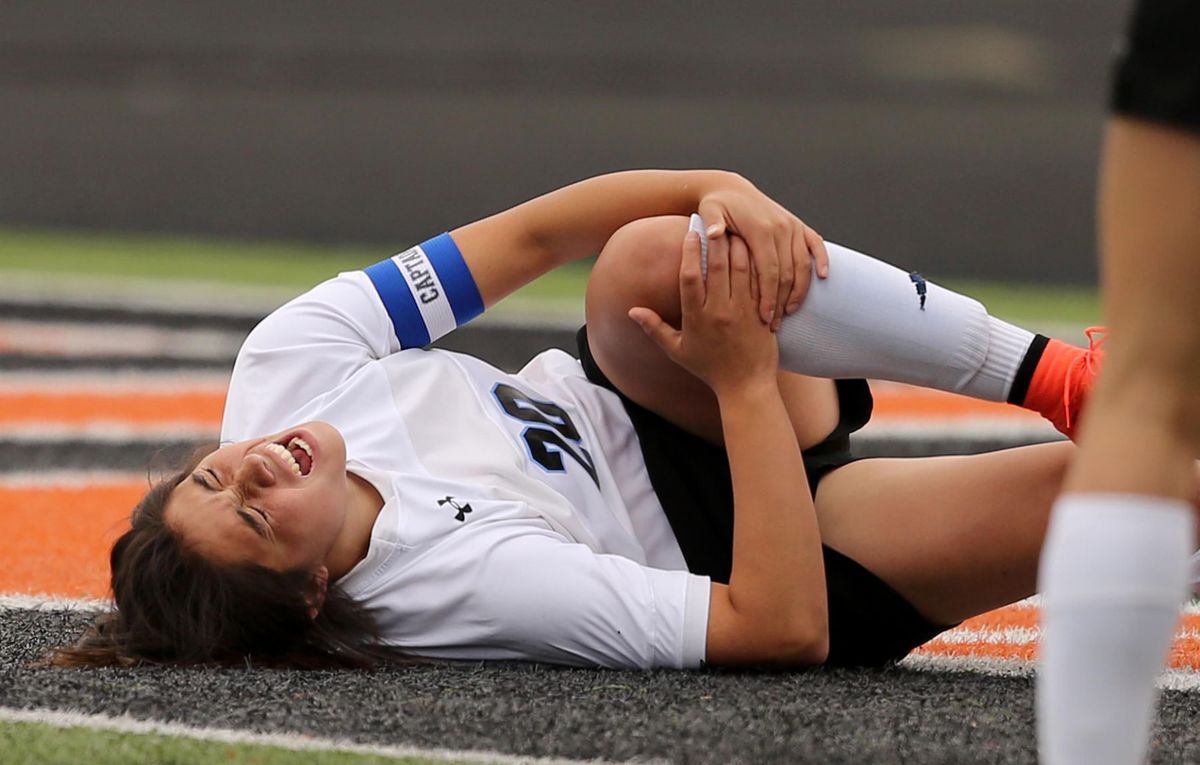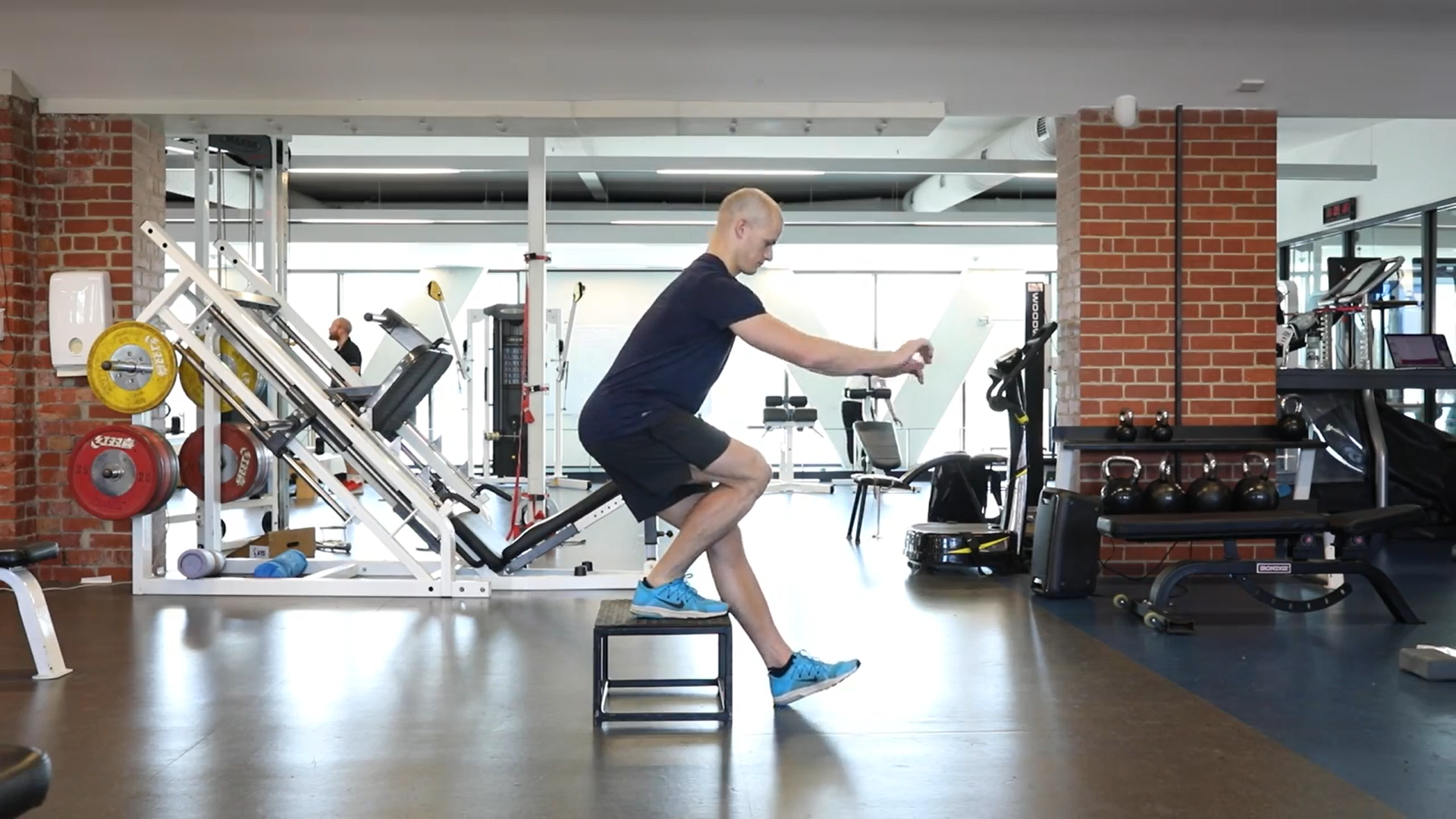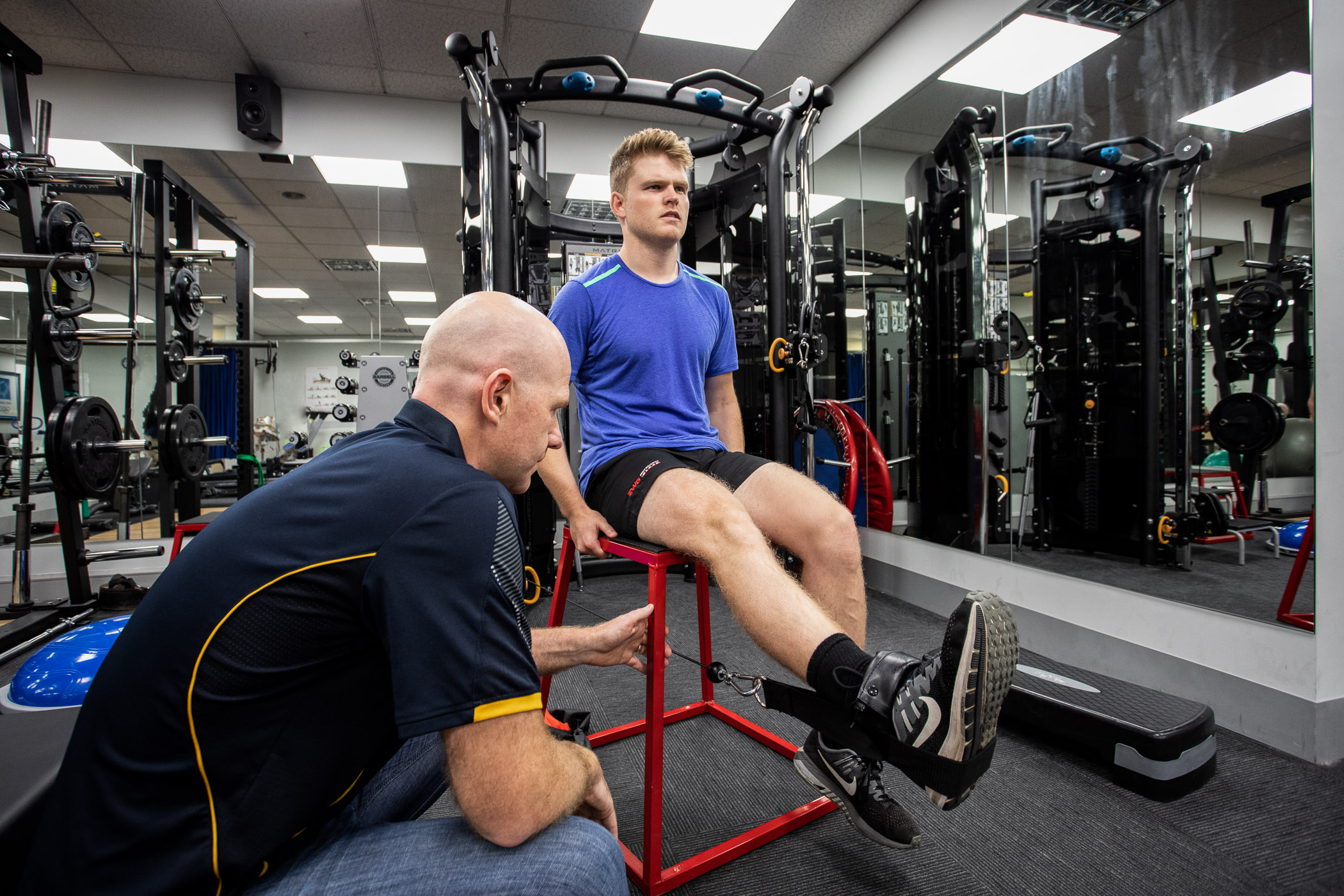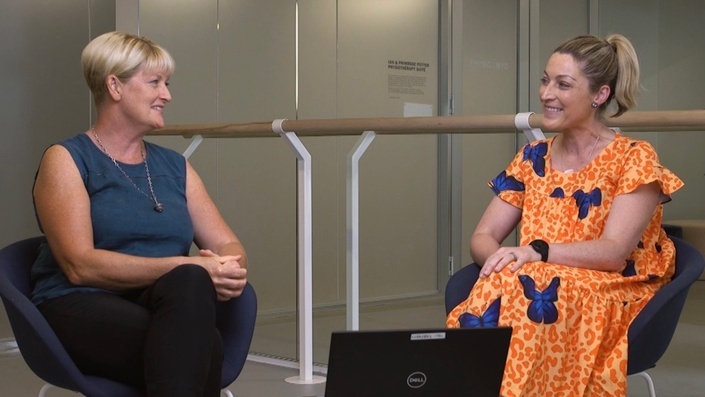I recently shared an article that revealed 64% of over 2000 non-professional ACLR patients returned to any level of sport after their reconstruction; with 36% not returning to play at all. On average, all the ACLR patients returned to sport at 17 months post-op. When the authors looked a bit deeper, looking at those who were and were not able to return to pre-injury levels of sport, they found similar percentages; 64% were able to return to their pre-injury level of play, whereas the other 36% returned to lower levels of play. Of the 36% of ACLR patients who did not return to any form of sport, they found that a majority cited a psychological reason behind their choice not to return to sport; with lack of confidence and fear of re-injury being the two main reasons stated (Nwachukwu et al 2019).

This systematic review really sheds light on 2 key issues for us as clinicians that we need to be aware of. Firstly, there is a clear mis-match between expectations of returning to sport and when that occurs. Secondly, psychological factors need to be assessed and monitored throughout rehab, and we need to look beyond strength tests, hop tests and other patient reported outcome measures of function.
First and foremost, for most patients that I see, there is a level of expectation from them that they want to be back playing sport in under 12 months. Often this is driven by the rapid return to sport by their sporting idols. This paper clearly shows that 12 months may not be a realistic time frame for returning to sport in a non-professional patient. Many factors may contribute to this, but put simply, when you don’t have a multi-disciplinary team around you 24/7, and when you don’t have the financial incentive to attend rehab frequently and return to sport in timely fashion - unlike their professional idols - it can certainly contribute to a delay in returning to sport beyond 12 months in the non-professional ACLR patient.
Secondly, the finding that 36% of ACLR patients aren’t going back to their sport that they previously participated in due to confidence issues and fears of re-injury is a big concern. Delving in deeper into the “why” this is and coming up with potential solutions is something we as clinicians need to get better at to keep people active and engaged in physical activity.
Let’s first look at the issue of the mis-match between return to sport expectations and reality.
A recent paper by Webster & Feller (2019) looked at patient expectations for returning to pre-injury level of sport before ACLR, and then compared those figures to those that actually returned to sport at 12 months.
Prior to surgery, 675 ACLR patients were asked 4 questions (all with a yes/no response):
1) Do you expect to return to your main sport?
2) Do you expect to return to the same level of sport?
3) Do you intend to return to or take up a different sport?
4) Do you intend to give up sport?
At 12 months post-op, all patients reported whether they had returned to sport, as well as what level of return:
1) No return
2) Return to training
3) Return to lower level
4) Return to same level

What the authors found was sobering.
Firstly, prior to ACLR 613 of 675 ACLR patients (91%) reported that they expected to return to sport, with 84% expecting to return to their same pre-injury level of sport. These expectations were higher in those undergoing their first ACLR compared to their 2nd or 3rd ACLR procedure. When age was considered, those aged under 20 years of age had significantly higher expectations to return to pre-injury levels of sport compared to those who were aged over 20.
When the authors looked at actual return to sport rates at 12 months post-op, they found a very different reality.
At 12 months post-op, only 24% of patients who expected to return to their previous level of sport had returned – compared to 84% who expected to return to pre-injury level of sport pre-operatively. Sadly, 15% of the 675 patients had decided to give up sport by 12 months, with 9% of these patients previously expecting to go back to sport.
For the patients who had changed their expectations or decided to give up sport, 71% were fearful of re-injury, 18% did not feel that their knee was ready, and 10% noted other reasons as being too busy, no longer interested in sport and not being able to afford a potential further reconstruction or procedure. Overall, females had 2x greater odds of giving up on returning back to sport; and having undergone a previous ACLR reconstruction had 3x greater odds of giving up on returning back to sport.
So clearly, there is a big difference between expectations and reality, and this is something we should be addressing early in rehab. Of course, we want to be encouraging our patients to return to sport in a safe, realistic and timely fashion; but reassuring our patients that it’s absolutely ok, and not a “failure” of rehab, if they don’t return to sport before 12 months.
Regarding assessing and monitoring psychological readiness to return to sport, as mentioned before it’s important that we look beyond strength and hop tests in our clinical assessments. There are 2 patient reported outcome measures that are very good at identifying fear and confidence issues in ACL patients; the ACL-RSI and the TSK-11. What is even better about these 2 measures is that the scores your patient records can identify certain populations at greater risk of ACL re-injury so that you can apply an intervention, and then reassess at a later date to see if their score has changed to be at a lower risk of reinjury.
For the ACL-RSI, McPherson et al (2019) found that in ACLR patients aged under 20, those with ACL-RSI scores of LESS THAN 76.7 have an increased risk of second ACL injury at least 4 years after returning to sport than those who scored GREATER THAN 76.7.
For the TSK-11, Paterno et al (2018) found that in a group of 40 young athletes (mean age 16yrs) that a TSK-11 score of >19 at the time of return to sport had a 13x greater risk of ipsilateral graft rupture within the first 2 years upon return to sport.
The results of these 2 studies are clear indication that we need to be also looking at these 2 patient reported questionnaires in our return to sport testing along with the strength tests, hop tests, movement quality assessment in a fresh and fatigued state, and function/QOL patient reported outcome measures.
So I guess the million dollar question is – “how do we increase someone’s confidence and lower their fear of re-injury?”.

To be honest, I don’t have all the answers, but when you consider that an ACL injury is most likely to happen during changing direction and landing from a jump, I think taking the ACL patient back to these tasks in a safe, controlled, clinical environment to allow them to build their confidence and dampen their fears is a very good place to start. Progressing from there and gradually exposing them to more complex tasks like single leg jump and lands, or multi-directional hop and lands in a closed environment before bringing in more open tasks would be a necessary way forward. Gradually progressing them and encouraging them into sport-specific skills and training, and then eventually into unrestricted team training drills, and then into lower levels of match-play, and then into pre-injury levels of play is an approach we should all be considering.
Unfortunately it appears that we may be missing this very important step in the rehab process, with evidence showing that only 30% of ACLR patients are performing plyometrics and agility training during their rehabilitation, and only 5% of ACLR patients are actually performing what is considered current best practice for ACLR rehab; and that is at least 9 months of progressive rehab and structured sport-specific training and passing return to sport discharge criteria (Ebert et al., 2017).
In summary, we need to be having some very important, and sometimes difficult conversations with our ACLR patients before and during ACLR rehab. Firstly, we need to address the mis-match between expectations of returning to sport within 12 months and the actual reality; especially in the non-professional ACLR patient. Returning to sport after 12 months, should not be considered a “failure” and it’s our job to keep pushing and motivating them to return back to the things that they love doing and what they find enjoyment in.
Secondly, I appreciate that we are not psychologists (unless you are), and that it can be very difficult addressing the psychological aspects of a person’s ACL rehabilitation, but fears of re-injury and confidence are real issues that are contributing to second ACL injuries and people walking away from the sports that they love. From my experience using the ACL-RSI and TSK-11 and going through the responses with your patients and addressing their concerns via reassurance and/or gradual exposure to the activities that they are fearful of is an important step in the process. Like I said, we may not be psychologists, but we are certainly well-skilled and well-placed to provide gradual exposure during ACLR rehab.
Check out our Masterclasses
Did you enjoy this blog? Enrol in one of our Masterclasses to learn more!

